Optimal Timing for Column Repairs
Early detection of cracks, tilting, or deterioration helps determine the best time for repairs before issues escalate.
Perform repairs during milder weather to avoid delays caused by extreme cold, heat, or rain which can impact materials and curing times.
Scheduling repairs during low occupancy periods minimizes disruptions and allows for thorough work.
Certain repair materials perform best under specific temperature and humidity conditions, influencing timing choices.
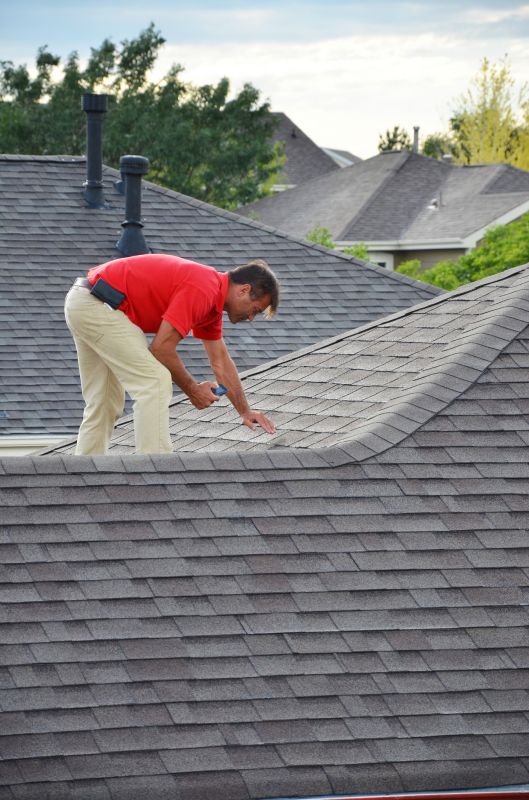
Routine inspections help detect early signs of damage.
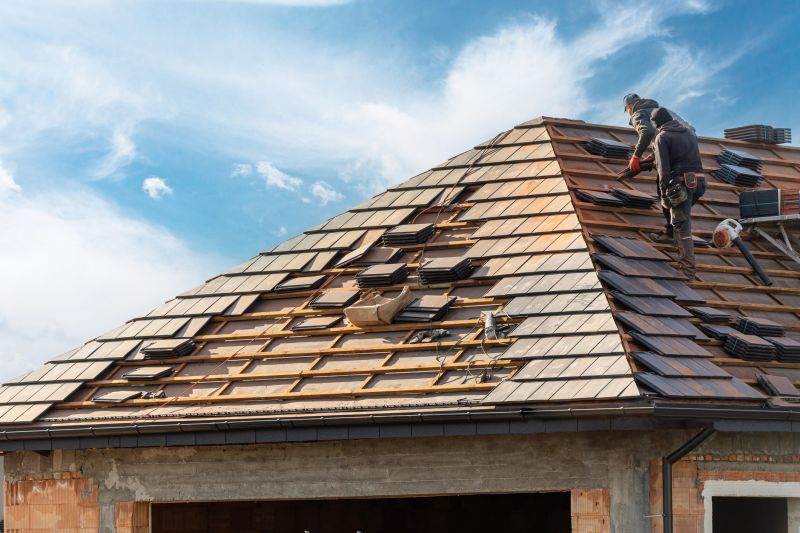
Scheduling repairs during favorable weather conditions.

Executing repairs during low-traffic periods.
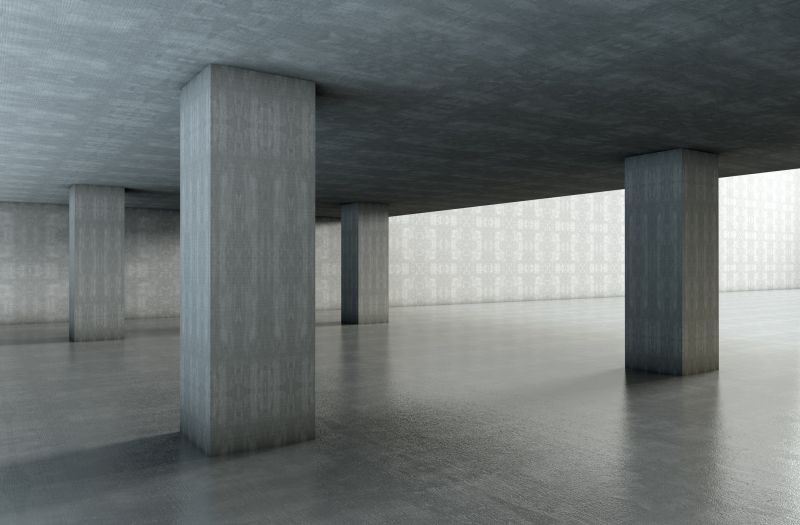
Ways to make Column Repairses work in tight or awkward layouts.
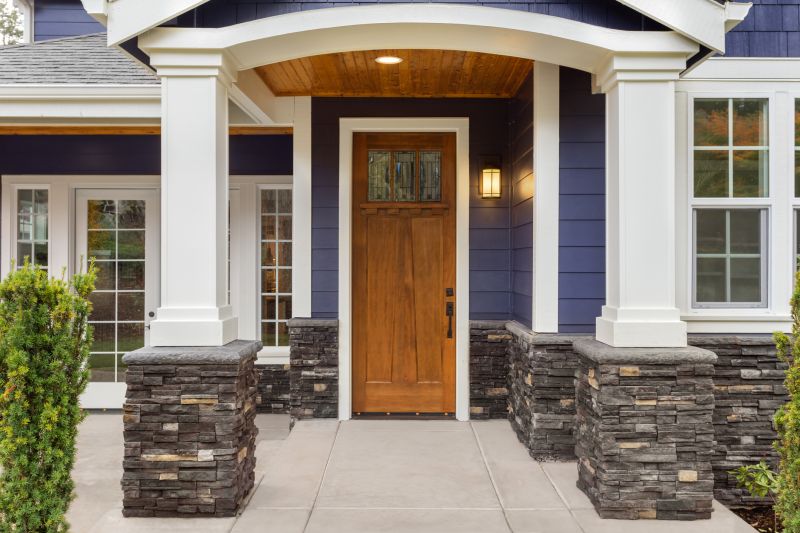
Popular materials for Column Repairses and why they hold up over time.

Simple add-ons that improve Column Repairses without blowing the budget.

High-end options that actually feel worth it for Column Repairses.

Finishes and colors that play nicely with Column Repairses.
| Factor | Best Timing Consideration |
|---|---|
| Weather Conditions | Perform repairs in mild, dry weather to ensure optimal material curing. |
| Building Usage | Schedule during low occupancy periods to minimize disruptions. |
| Material Type | Choose timing based on material requirements for temperature and humidity. |
| Damage Severity | Address significant damage promptly to prevent further deterioration. |
| Inspection Results | Use findings to determine the most appropriate repair window. |
| Seasonal Trends | Plan around seasons with predictable, stable weather patterns. |
Column repairs are critical for maintaining the stability of structural frameworks. They often involve addressing cracks, corrosion, or other forms of deterioration that compromise the load-bearing capacity. Proper timing ensures that repairs are effective and durable, reducing the likelihood of future issues. Regular assessments and understanding seasonal influences can help determine the most advantageous periods for intervention.

Preparing the site during suitable weather conditions.

Applying repair materials under optimal environmental conditions.

Ensuring repairs meet quality standards after completion.
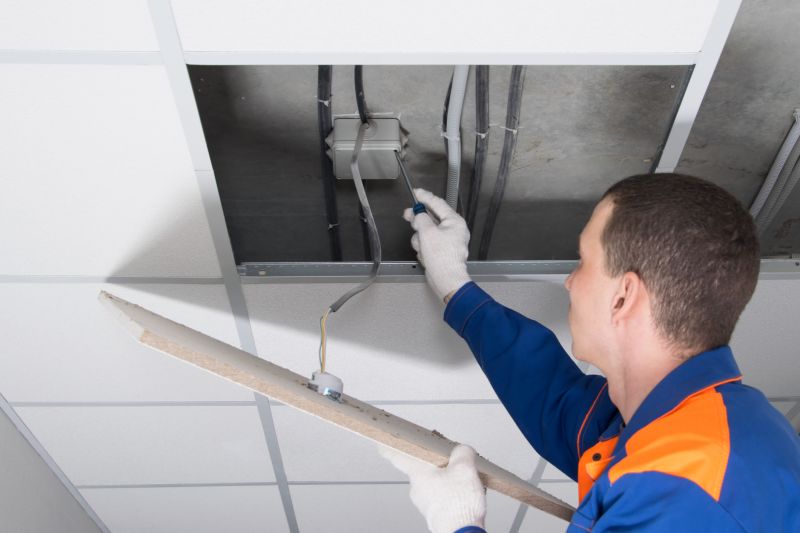
Scheduling periodic checks to prolong repair effectiveness.
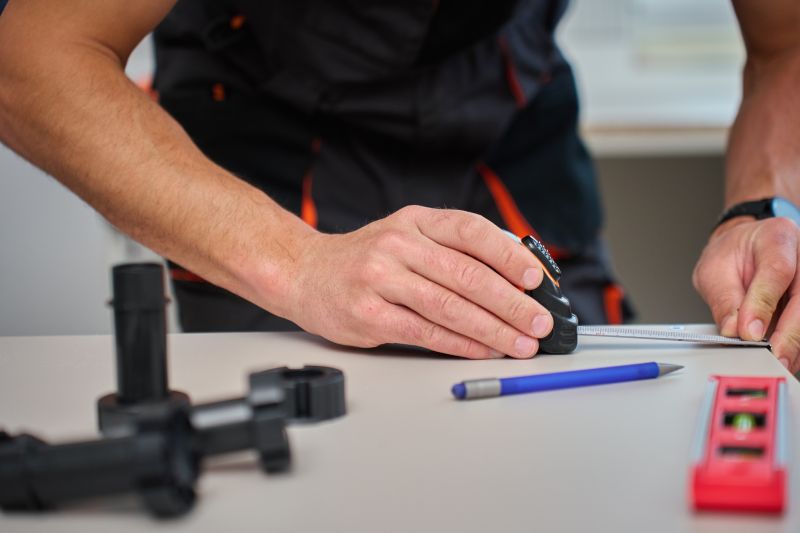
Little measurements that prevent headaches on Column Repairses day.
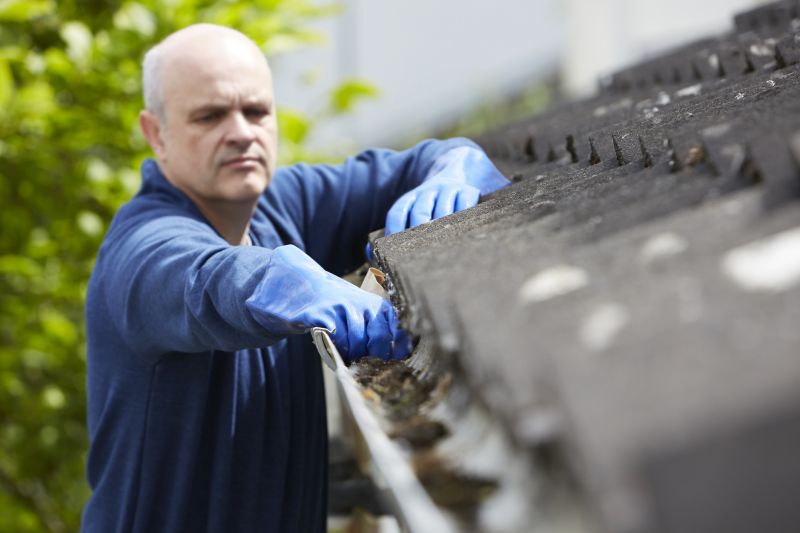
A 60-second routine that keeps Column Repairses looking new.

A frequent mistake in Column Repairses and how to dodge it.

Small tweaks to make Column Repairses safer and easier to use.
Timely repairs of columns can prevent costly structural failures and extend the lifespan of building components. Understanding the factors that influence the optimal repair window is essential for effective maintenance planning. Regular inspections and awareness of seasonal conditions contribute to better decision-making and long-term structural health.
Interested in scheduling column repairs? Filling out the contact form can facilitate planning and ensure repairs are performed at the most suitable time for durability and minimal disruption.



